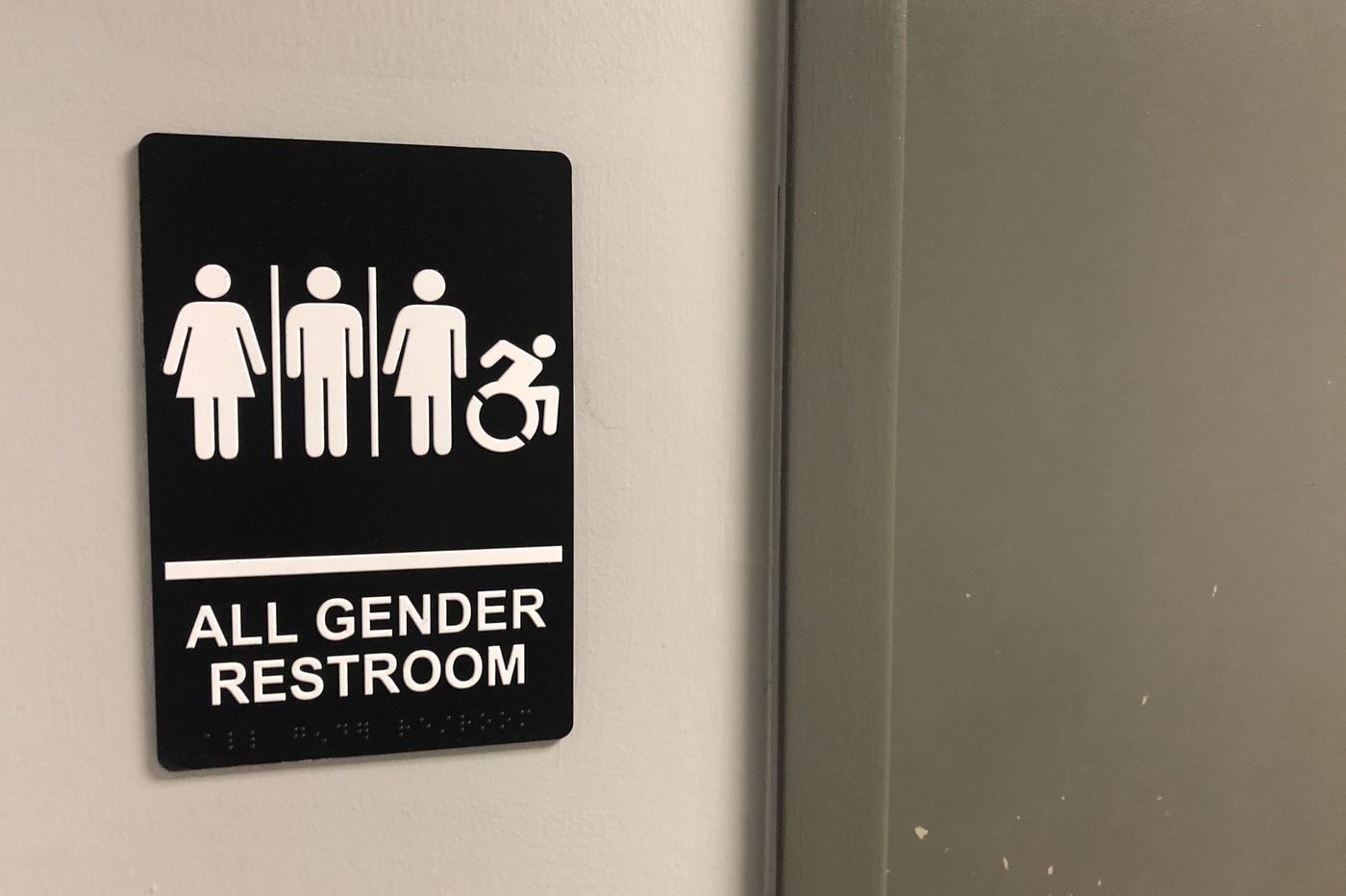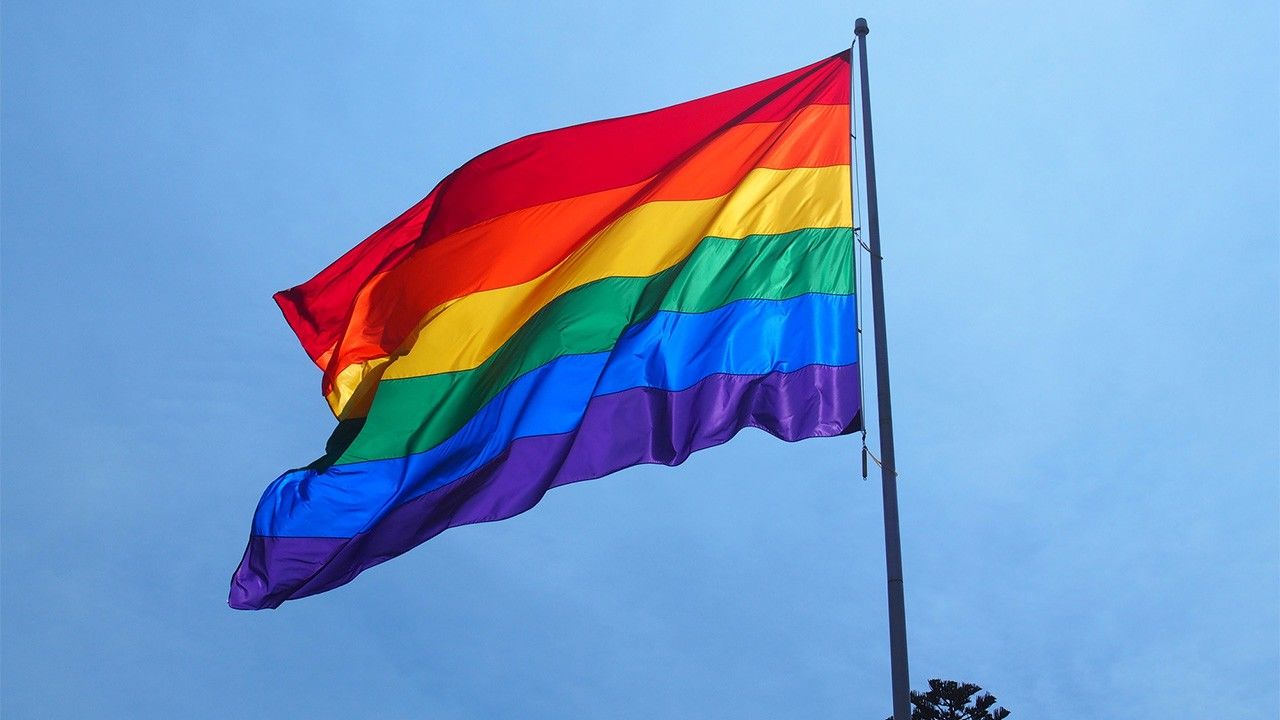Members of the LGBTQA+ have faced severe discrimination and abuse for decades; those who identify as non-binary, gender fluid, or gender neutral have faced backlash in both society and politics. Male and female are no longer considered to be the only genders in society as individuals are more freely representing and expressing themselves through their unique, distinct genders. Some choose to bestow a label upon their gender while others prefer to avoid labeling their gender altogether. Society’s stance on gender has shifted significantly over time; countries like the United States have established laws that protect people from being discriminated against for their gender and sexual orientation, but that has not stopped discrimination from occurring at astronomical rates. While gender neutrality is still considered very taboo in many parts of the world, there have been many measures taken to extend equality to those who do not identify themselves as male or female.
There have been many ways that gender diversity has been accepted and inclusion has been promoted. In one scenario, when creating an email or social media account or filling out paperwork, “prefer not to say” and “other” are increasingly common choices under sex and gender questions; people are no longer limited to “male” or “female” on most social networking sites and have the freedom to label themselves how they please, no longer needing to conform to traditional gender labels.
Additionally, no longer are the words “male” or “female” plastered on signs to the side of public restroom doors. Gender neutral bathrooms (and changing rooms) are becoming increasingly common as for those who are questioning their identity or label themselves as a gender other than male or female feel uncomfortable using bathrooms designated strictly for males and females. Not to mention transgender individuals face significant scrutiny for using bathrooms that conflict with their birth gender, so this way, they can use bathrooms and changing rooms that are not designated for specific genders whatsoever. Gender neutral bathrooms are open to anyone and everyone, male, female, non-binary, or otherwise — all are welcome.
However, things have not been so simple for non-binary, transgender, and gender fluid individuals. Many non-binary individuals struggle greatly in the workplace after facing discrimination from their coworkers. Issues range from complaints about bathroom usage and the gender status of transitioning individuals as well as arguments caused by misgendering. One in five LGBT employees claim that they have experienced verbal bullying as a result of their gender status. As a result of the 2010 Equality Act, a law passed in the United Kingdom that protects workers from discrimination based on religion, age, and sexual orientation, employers and companies are obligated to treat non-binary and gender non-conforming individuals equally. However, many companies in the United Kingdom have gotten away with mistreating those who classify themselves as a gender other than male and female (the same goes for the United States). This draws attention to the crucial point that laws have loopholes and are often not upheld as much as they should be.
Furthermore, nearly one in five (about 19%) people who are transgender have reported that they were refused medical care simply because they were transgender or gender non-conforming while 28% claimed they were subject to harassment in medical environments. Doctors are denying transgender and LGBT individuals more often than people seem to realize. A combined effort between the Trump-Pence administration and The Department of Health and Human Services (HHS) allows doctors, physicians, and all medical care providers to deny service and potentially even life saving treatment to LGBTQ patients, particularly people who are transgender or who are in the process of transitioning. The First Amendment’s freedom of speech is constantly being called into question; there is an astronomical amount of controversy over whether or not providers’ beliefs should be prioritized over the treatment of people whose lifestyles conflict said providers’ beliefs. Even when rejecting service can result in the patient’s fatality, doctors have still seemingly been justified by HHS for their decisions to deny medical assistance.
It is easy to think that we live in a society that is accepting of the LGBTQ community, including those who are gender non-conforming, gender fluid, and transgender, especially because there has certainly been a notable progression over the past few years and decades, but it is far from equality. According to an article by Forbes, 331 trans people were killed across the world in 2019 (at the time of writing, which was November 18, 2019) strictly for their gender preferences and transitioning status. With shootings (especially shootings against targeted groups of people) becoming increasingly common, the toll of LGBT deaths in the United States is likely to continue growing year after year. All in all, while things may be moving in a positive direction for the LGBT community, the fight against LGBT discrimination is far from over, and equality is far from being attained.


Great post. This is such a common problem that is seen every day, especially in today’s society. I think that there is also several different categories that make it hard when people are making decisions like going to the bathroom. I am not sure how this problem will resolve however I think society is working on it but there is always people who have their different opinions.
I really like your post, extremely informative and analytical! I think people fail to realize that, although we have made progress with LGBTQ+ rights, it is not merely enough to protect the community from every-day discrimination. The way we treat sexual orientation and sexual identity are completely different, we need to make sure that we understand the distinction and treat both with respect and tolerance (regardless of personal opinion).